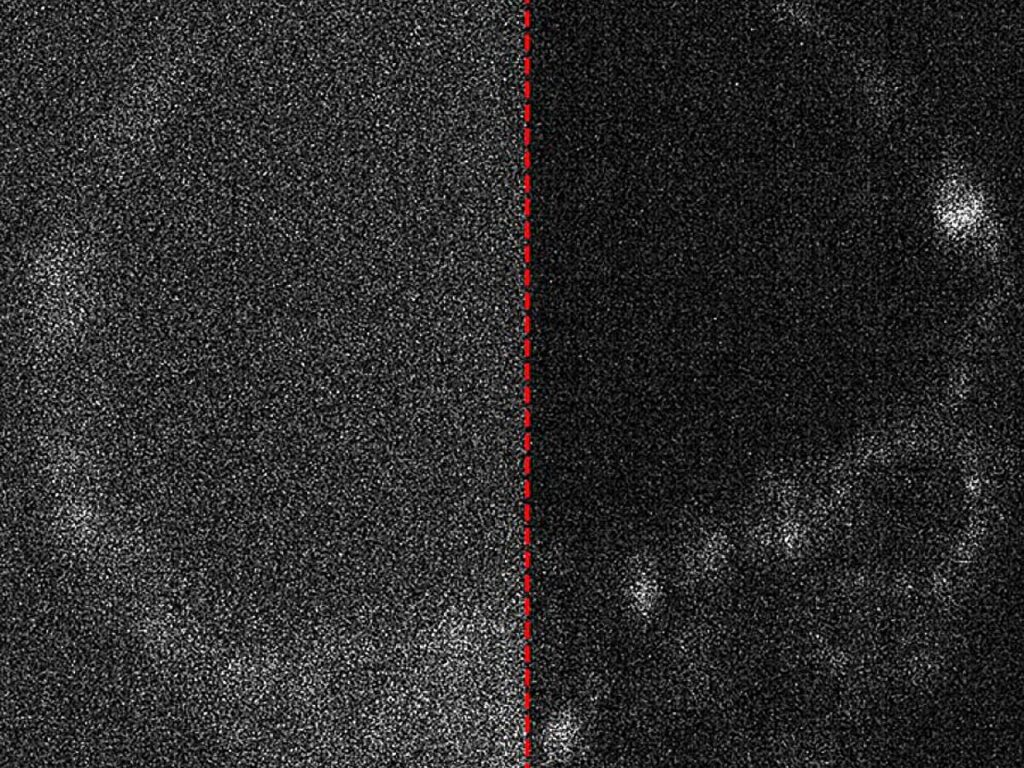In a groundbreaking fusion of quantum physics and biological science, researchers at the University of Adelaide have unveiled a revolutionary imaging technique that captures the earliest stages of life with unprecedented clarity. By using quantum-inspired cameras, scientists have developed a way to observe live embryos without causing damage, offering new insights into the delicate processes of early development.
Quantum-Inspired Camera Technology: The Science Behind the Breakthrough
At the heart of this breakthrough is a new generation of quantum-inspired cameras that can detect individual photons—the fundamental particles of light. Unlike traditional cameras, which require strong illumination to produce clear images, these cameras can work with extremely low light levels, reducing the risk of photodamage to biological samples.

The reason this is so important is that biological tissues, especially embryos, are highly sensitive to light. Conventional imaging techniques often rely on intense illumination, which can alter biological processes, damage cellular structures, or even affect the embryo’s development. The new quantum camera technology eliminates this problem by operating at near-darkness while still capturing high-resolution images.
These cameras function using photon-counting technology, which precisely measures the arrival of individual light particles at each pixel. This level of sensitivity allows scientists to gather extremely detailed information from biological specimens without altering them.
Application in Embryo Imaging: A New Era for Reproductive Science
One of the most exciting applications of this technology is in the field of embryology and reproductive medicine. The ability to observe live embryos with minimal disruption has been a long-standing challenge in IVF and developmental biology.
Researchers at the University of Adelaide have successfully tested this imaging technique in pre-clinical trials, proving that quantum cameras can capture the early development of embryos in stunning detail. These images provide valuable information on how embryos grow, divide, and develop, which could lead to:
- Improved IVF success rates by helping embryologists identify the healthiest embryos for implantation.
- Better understanding of early embryonic development, which could reveal key factors influencing fertility.
- Enhanced studies on birth defects and developmental disorders, as scientists can now track changes in embryo growth with greater precision.
By reducing light exposure to embryos, this imaging technique could make IVF treatments safer and more effective, allowing for better embryo selection while minimizing the risk of damage.
The Role of Artificial Intelligence in Enhancing Imaging
While quantum cameras provide an innovative way to capture low-light images, the next challenge is processing and refining these images to extract useful data. This is where artificial intelligence (AI) plays a crucial role.
Researchers have developed AI-driven noise reduction techniques to enhance the clarity of quantum images. Since low-light imaging naturally results in some noise, AI algorithms can filter out unwanted background disturbances, ensuring that the images remain sharp, clear, and highly detailed.
Using AI, scientists can:
- Remove static noise from images to improve visibility.
- Enhance contrast and brightness without introducing artificial distortions.
- Identify cellular structures with greater accuracy, allowing for better analysis of embryo development.
This fusion of quantum imaging and AI represents a major step forward in digital microscopy and medical imaging, paving the way for more precise and reliable biological observations.
Why This Discovery Is a Game-Changer
This discovery isn’t just about embryos—it has far-reaching implications across multiple fields of medicine and biology. Here’s why this new technology is so groundbreaking:
- Revolutionizing Medical Imaging: The ability to take high-resolution images under low light conditions could lead to safer, more effective imaging techniques for fragile tissues, such as neurons or blood vessels.
- Advancing Cancer Research: Many cancer studies require live imaging of cells, but traditional methods often damage or alter cell behavior. Quantum imaging could allow researchers to study cancer cells in their natural state.
- Enhancing Neuroscience Studies: The human brain is composed of extremely delicate neural networks that are difficult to image without causing stress to the cells. Quantum-inspired cameras could help scientists study brain activity in more detail than ever before.
- Developing Next-Generation Microscopy: Traditional microscopes have limitations when it comes to observing live biological processes. This new technology could lead to a new era of super-sensitive, high-resolution imaging.
Future Prospects: Where Do We Go from Here?
The success of quantum-inspired imaging in embryo studies is just the beginning. Researchers believe that quantum imaging techniques could soon be used for even more advanced applications, including:
- Studying single-cell behavior to understand how individual cells interact, divide, and communicate.
- Exploring quantum states of light to further enhance imaging precision.
- Improving non-invasive diagnostics for diseases by allowing doctors to study tissues and organs without the need for biopsies.
Additionally, with continued improvements in AI-driven image analysis, we may soon see fully automated, real-time biological imaging, where computers instantly process and interpret live cell data with minimal human intervention.
Scientists also envision a future where quantum-inspired imaging is integrated with other medical technologies, such as:
- Wearable health monitoring devices that use low-light imaging to track blood circulation and oxygen levels.
- Surgical robots with real-time quantum imaging for minimally invasive procedures.
- Early cancer detection tools that use ultra-sensitive imaging to identify tumors at their earliest stages.
The possibilities are endless, and as quantum imaging technology continues to evolve, we could be on the verge of a major revolution in medicine, biology, and health sciences.
Conclusion: A Bright Future for Quantum Imaging
The use of quantum-inspired cameras to capture live embryos represents one of the most exciting breakthroughs in biomedical imaging in recent years. By combining quantum physics, AI, and life sciences, researchers at the University of Adelaide have opened up new frontiers in reproductive biology, IVF, and medical diagnostics.
Reference:
Zane Peterkovic et al, Optimizing image capture for low-light widefield quantitative fluorescence microscopy, APL Photonics (2025). DOI: 10.1063/5.0245239



















